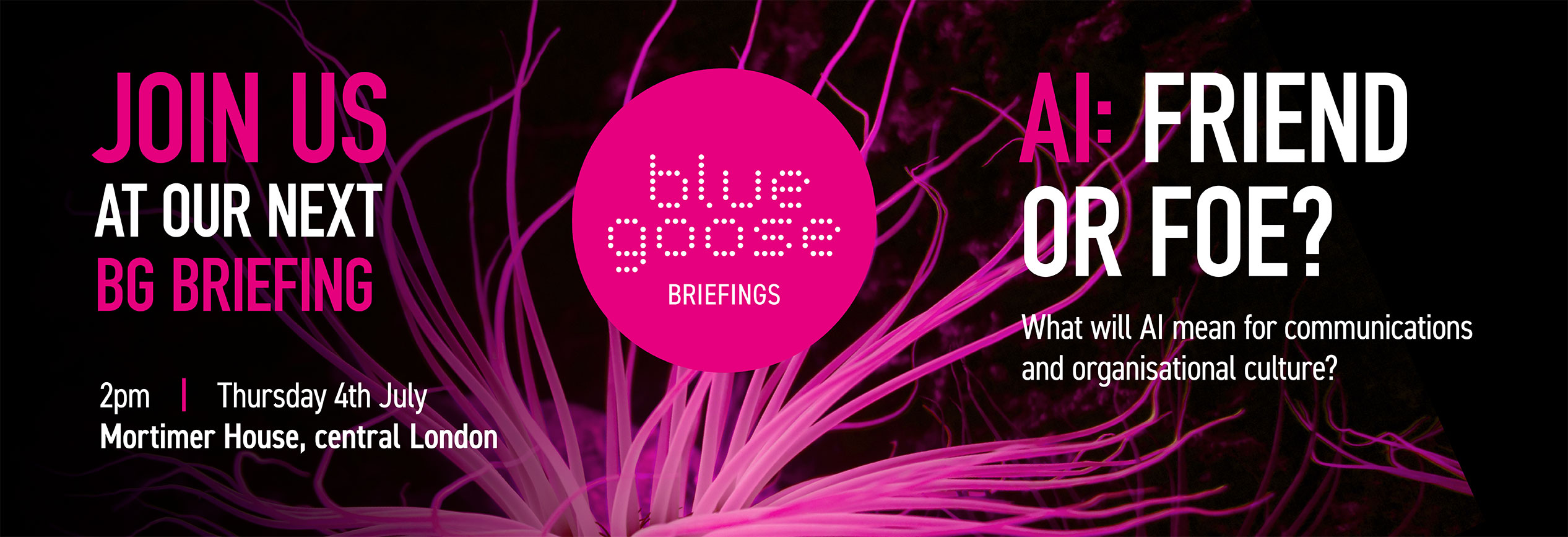

Here are some of our best examples of creative employee campaigns delivered though our #intelligentcreativity principles. Campaigns where we’ve matched behavioural insights with the right words, images, sights and sounds to shift the awareness, attitude and behaviour of employees.

EMOTIONAL IMPACT AT THE BANK OF ENGLAND
Sometimes it pays to get emotional. As one of the most physically secure institutions in the country, safety wasn’t perceived as a problem at the Bank of England. We needed to explain rationally why physical walls don’t protect information, but cut through with emotional impact, leaving the viewer in no uncertain terms that a breach of the bank’s intellectual property would threaten its very existence. Sound, visual and physical drama at the bank was the order of the day.
HABIT LOOPS AT THE BBC
Our brains like to conserve energy and where possible go with the grain. Sometimes, embedding good habits is about simple reminders and easy instructions. Our coronavirus comms at the BBC meant encouraging new ‘habit loops’, making it absolutely clear what the ‘new normal’ meant behaviourally – at all times.


EFFICACY AT THE FCA
Cyber security communications often fail to deal with ‘efficacy’ – the feeling people have that they can’t make meaningful contributions to major issues. At the FCA, we provided very simple reminders of the small things employees could do to make a difference to the overall objective. So, when it comes to keeping the information on your screen secure, it’s ‘F9 every time’.
SUPPORTIVE ENVIRONMENTS AT THE FCA
A frequently ignored obstacle to good behaviour is environmental. The FCA wanted to encourage fewer formal meetings and more casual gatherings to take the pressure off the larger spaces and to increase agile and flexible working. Part of the process was not only to provide the spaces but to advertise them and remind employees of their function. Read about our work with the FCA here.


SUPPORTIVE ENVIRONMENTS AT THE FCA
A frequently ignored obstacle to good behaviour is environmental. The FCA wanted to encourage fewer formal meetings and more casual gatherings to take the pressure off the larger spaces and to increase agile and flexible working. Part of the process was not only to provide the spaces but to advertise them and remind employees of their function. Read about our work with the FCA here.
DEFAULTS AT HSF
Part of achieving real behaviour change is preparing ourselves and our environments for that shift. At HSF, we wanted to encourage colleagues to challenge others not wearing appropriate identification. That meant legitimising it, and including reminders at the point of concern. We did this through signs on barriers and entrances, asking everyone to consider anyone coming in behind them.




